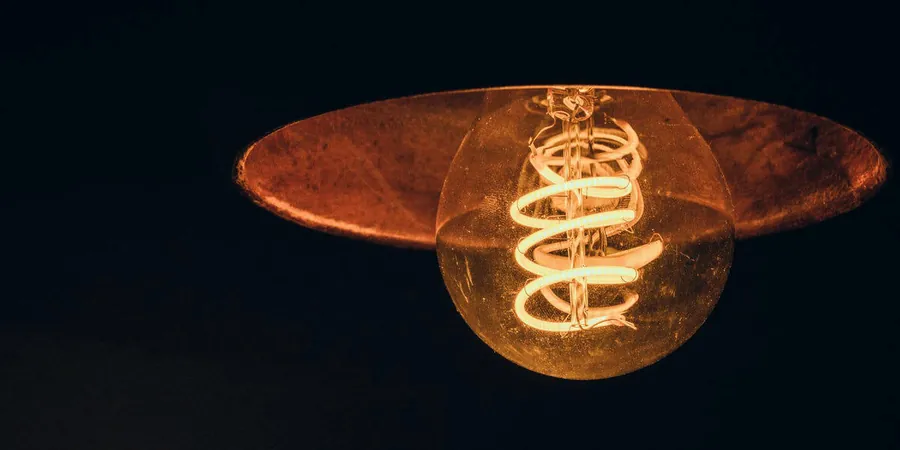
Unveiling Alchemy: The Astonishing Discovery of Tungsten in Tycho Brahe's Laboratory
2025-05-04
Author: Wei Ling
Mysteries of the Alchemical World
In the realm of alchemy, secrets were everything. During the late 1500s and early 1600s, alchemists guarded their concoctions fiercely, dubbing them 'secrets' instead of the modern term 'proprietary blends'. A recent study published in Heritage Science has cast a spotlight on the intriguing secrets of one such alchemist—Tycho Brahe.
A Hidden Laboratory in the Stars
Renowned primarily for his astronomical contributions, Brahe also had a clandestine basement lab where he brewed medicinal concoctions infused with unique elements. His illustrious Uraniborg observatory, nestled on the island of Ven in present-day Sweden, was dismantled after his death in 1601, but researchers from the University of Southern Denmark and the National Museum of Denmark unearthed five shards from his laboratory's garden between 1988 and 1990.
The Unforeseen Element: Tungsten
When the researchers employed mass spectrometry to analyze the shards, they detected a treasure trove of common elements—nickel, copper, zinc, tin, antimony, gold, mercury, and lead. However, they were taken aback by the discovery of tungsten. 'Tungsten is very mysterious,' said Kaare Lund Rasmussen, an archaeometry expert, noting that this element wasn't even formally recognized until the 1780s.
Theories Abound: How Did Tungsten Get There?
So, what does this mean? While tungsten naturally occurs in certain minerals and might have found its way into Brahe's lab by accident, some speculate he might have concocted a secret blend designed for Europe’s elite. Rasmussen mused that if Brahe had intricate connections to German chemistry, he might have been aware of tungsten long before its official classification.
The Alchemy of Medicine: A Complex Art
Brahe’s medicinal pursuits were shrouded in secrecy and complexity. Known for a complicated plague remedy that potentially contained up to 60 ingredients—including snake flesh and opium—could tungsten have been one of the hidden components? This raises intriguing questions about the composition and efficacy of al chemical remedies of the time.
Bridging the Cosmos and Medicine
While it seems peculiar that Brahe indulged in both astronomy and alchemy, this duality reflects his worldview—he believed fundamental connections existed between celestial bodies, natural elements, and human organs. Alchemists like Brahe often linked earthly elements with cosmic and bodily properties, which informed their medicinal formulations.
The Secret Remains Unveiled
Despite these tantalizing discoveries, the exact role of tungsten in Brahe's concoctions is still shrouded in mystery. As researchers delve deeper into the alchemical secrets of this legendary figure, one fact remains clear: Tycho Brahe's legacy continues to intrigue and inspire, bridging the past with the mysteries of science.



 Brasil (PT)
Brasil (PT)
 Canada (EN)
Canada (EN)
 Chile (ES)
Chile (ES)
 Česko (CS)
Česko (CS)
 대한민국 (KO)
대한민국 (KO)
 España (ES)
España (ES)
 France (FR)
France (FR)
 Hong Kong (EN)
Hong Kong (EN)
 Italia (IT)
Italia (IT)
 日本 (JA)
日本 (JA)
 Magyarország (HU)
Magyarország (HU)
 Norge (NO)
Norge (NO)
 Polska (PL)
Polska (PL)
 Schweiz (DE)
Schweiz (DE)
 Singapore (EN)
Singapore (EN)
 Sverige (SV)
Sverige (SV)
 Suomi (FI)
Suomi (FI)
 Türkiye (TR)
Türkiye (TR)
 الإمارات العربية المتحدة (AR)
الإمارات العربية المتحدة (AR)